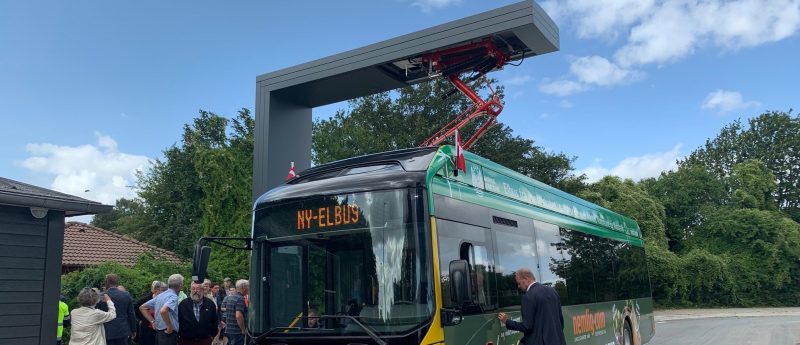Solution provider

Case
Public transportation
Urban mobility


Add the case to your visit request and let us know that you are interested in visiting Denmark
FIRST BUSSES IN 2019
That is why the first four electric busses in Aarhus were introduced in August 2019. The project received 1,5 mio. DKK in subventions from the Danish Energy Agency.
Besides CO2 reductions, the electric busses have several other advantages: The noise level is reduced and furthermore, air pollution and health hazardous substances such as particles and NOx are eliminated as the electric busses have no exhaust. Due to those reasons as well as cheaper operational costs, electric busses are a better choice than e.g. busses running on biogas or biodiesel. Electric busses generally have a longer life span that diesel-busses and with the fast improvement of batteries going on, perhaps the busses can last even longer than anticipated.
The first four electric busses have a rather small battery, which allows a bigger number of seats, however it also limits the amount of kilometers they can drive. A 300-kW fast charger, located at one end station of their route supplies the buses with electricity during the day. They drive in shifts, as one bus cannot run on one charge for a whole day. At night, the buses are charged at the bus company's facilities.
MORE BUSSES ON THE WAY
By 2021, 29 more busses will be added to the fleet. The new buses will be of the same model (Volvo 7900 Electric), however they will be articulated - with a bend in the middle and sum up to 18,6 meters. They also have a much bigger battery, which makes it possible for them to drive at least 200 km without needing to charge.